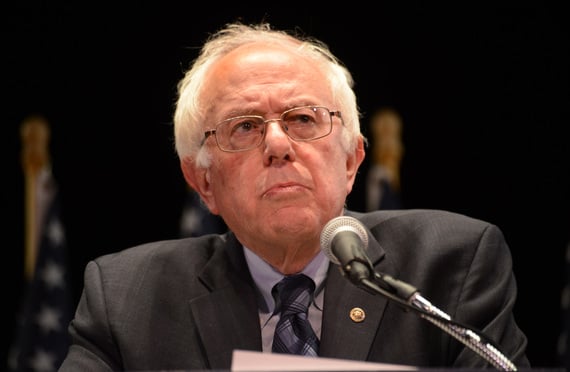For Maria, the realization came when she went to pick herchildren up from a weight management summer program, prescribed bytheir pediatrician. She looked around, and noticed that 85 percentto 90 percent of the camp parents were overweight as well. Itdawned on her: “How could I be a positive role model for my girlsand ask them to eat healthier and get movingif I wasn’t myself?”
|Like many of the other parents, Maria struggled with herweight, making the rightnutrition choices, and getting physical activity. She had known fora long time on some level that she needed to change. But it was herchildren that ultimately motivated her to make that change. Hercommitment to their well-being helped her make changes in her ownlife to become healthier.
|Kicking it up with kids
|There is a great opportunity for population health managers tomake the whole family healthier by engaging the children first.Health and wellness programsspecifically designed for children are fun, achievable, andeducational. They get kids moving without making it feel like workor a chore. Many digital health programs are using gamificationtechniques, such as challenges and leaderboards, as well asaligning activities and behaviors with incentives and rewards toget consumers motivated and excited to participate. Making programsfun and rewarding are even more important for kids. This youngergeneration responds to instant gratification and thrives on thefeelings of competition and accomplishment. Maria found that usinga kids-focused digital health program had a big impact, even withsmall changes. These activities included:
Setting family goals for daily steps
Logging activity online together and tracking progress
Limiting screen time and encouraging outdoor play
Replacing juice with water or milk
Kids programs have the potential to have a clear and powerfulimpact in the short and long term. Research shows that the average total healthexpense for children treated for obesity under private insurance ismore than three times that of the average health costs of allchildren. A similar disparity exists for children covered underMedicaid. When you factor in soft costs, like parent absenteeism atwork, and consider the potential long-term costs of obese kidsbecoming obese adults, childhood intervention is a smart investmentthat pays off in the short-term and over a lifetime.
|Being healthy is a family affair
|There is also a less expected and greatly underrated result ofchildren’s health and wellness programs — namely, healthierparents. Kids often get their parents involved and motivated tochange health behaviors as well. Maria is a prime example of thisdomino effect: Her daughter started taking nightly walks, whichMaria soon joined as a way to get moving more and enjoy qualitytime together.
|We know that there is a correlation between parents with obesityand children with obesity. In fact, parent weight status is one of the strongest predictors ofobesity in children. So, when we get children engaged andexcited about health and wellness, we also have the potential toreach parents in need.
|Just as the risks can be shared from parents to children, goodhabits can also spread from one generation to the next. Studiesshow that children of active mothers were more likely to beactive than children of inactive mothers. Onestudy found that children of physically active mothers weretwice as likely to be active than children of inactive mothers. Andchildren with two active parents were nearly six times more likelyto be active than children with two inactive parents.
|Research has also shown that family support iscritical to maintaining levels of physical activity in childhood.At Zamzee, a physical activity intervention for children ages 8 to14, pilot studies found children with parents who became highlyengaged, whether previously physically active or not, were fourtimes as likely to be highly engaged themselves. The evidence isclear: Getting healthy is a family affair and population healthmanagers should take note. When implementing health and wellnessprograms, it’s important that not only the entire family iseligible, but there are offerings available and appropriate for allfamily members too.
|Maria is proof. “I now have an exercise buddy,” she says proudlyas she talks about her daughter’s enthusiasm for exercise and theirdaily walks together. “Our other two daughters watched, and nowthey are on board too!” The whole family has made sustained changesto their habits and is on their way to healthier lives. Maria’sstory shows us that healthy habits, like the common cold, can becontagious.
Complete your profile to continue reading and get FREE access to BenefitsPRO, part of your ALM digital membership.
Your access to unlimited BenefitsPRO content isn’t changing.
Once you are an ALM digital member, you’ll receive:
- Critical BenefitsPRO information including cutting edge post-reform success strategies, access to educational webcasts and videos, resources from industry leaders, and informative Newsletters.
- Exclusive discounts on ALM, BenefitsPRO magazine and BenefitsPRO.com events
- Access to other award-winning ALM websites including ThinkAdvisor.com and Law.com
Already have an account? Sign In
© 2024 ALM Global, LLC, All Rights Reserved. Request academic re-use from www.copyright.com. All other uses, submit a request to [email protected]. For more information visit Asset & Logo Licensing.








